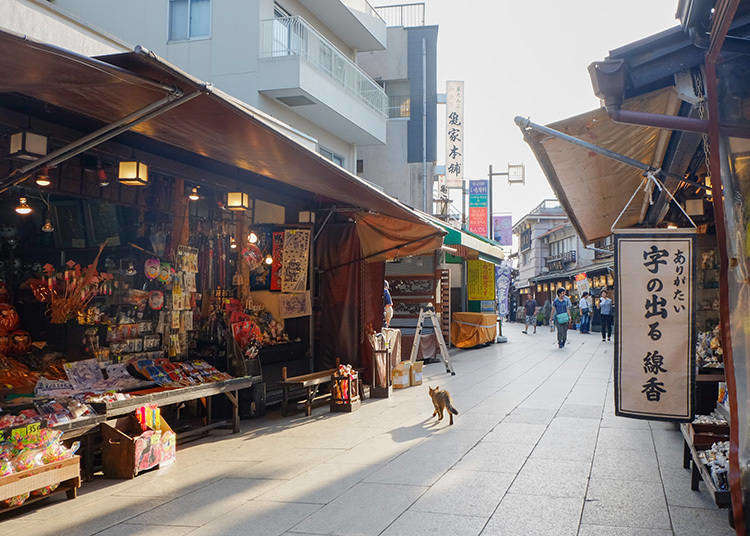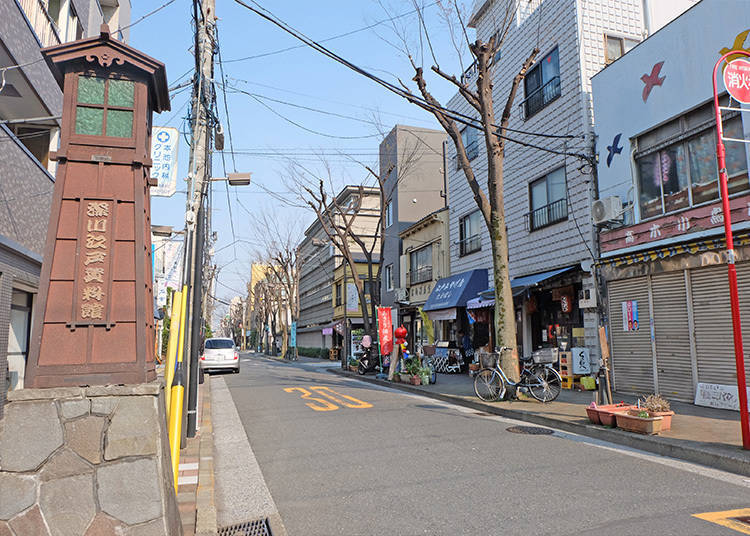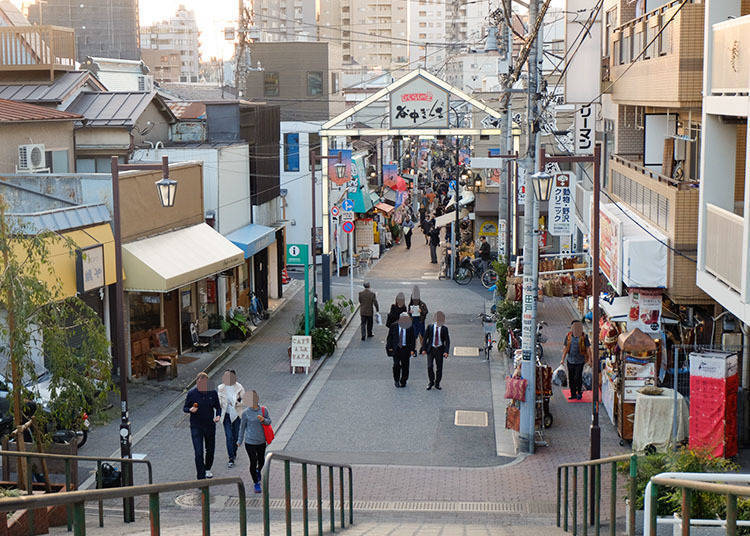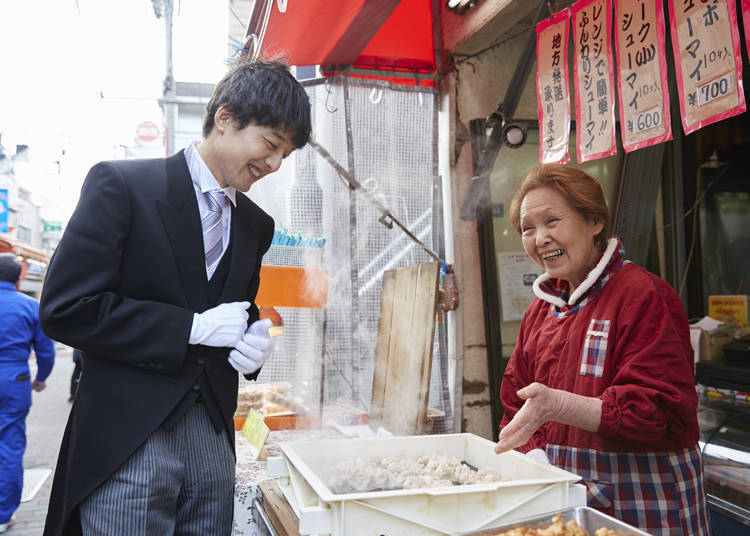
When people think of Tokyo, they tend to imagine a busy and lively metropolis. Towering skyscrapers, stylish glass-and-steel buildings standing side by side – that’s Tokyo’s townscape, right?
Well, yes. However, the city seems to have as many facets as it has people calling it their home. Amidst this urban jungle, you’ll also find little pockets of history, faithfully evoking the spirits of days long gone. Those areas are called “shitamachi” and describe neighborhoods that have been the downtown of Old Edo but did not keep up with the rapid modernization of the rest of the city. Time seems to be much slower there, offering you a one-of-a-kind taste of an entirely different Tokyo. Both locals and tourists alike are drawn to this nostalgic, almost enigmatic charm of shitamachi areas – but what is there to see, exactly? And why do they make you want to come back over and over again?
Shitamachi? What Does That Even Mean?

As already mentioned, the word “shitamachi” (using the kanji characters for 下 – shita (down) and 町- machi (town)) dates back to an age when Tokyo was still called Edo. Back then, people mainly lived next to the city’s rivers and the sea. Nihonbashi and the banks of Sumida River being prominent examples as prosperous neighborhoods because they were right next to Edo Castle. Merchants, workers, and craftsmen crowded the areas for centuries, making use of the nearby water source.
Around Tokyo, there are surprisingly many of such old downtown areas to be found: Nihonbashi, Kyobashi, Kanda, Shitaya, Ueno, Asakusa, Kuramae, Komagata, Ryogoku, Fukagawa, Kiyosumi Shirakawa, Tsukishima, Nezu, Yushima, Shibamata, Kameari, Sugamo, and many more.
Falling in Love With Shitamachi
Reason No. 1 – The Relaxing, Free Flow of Simple Life

Leaving Tokyo’s busy hot spots and stepping into a warm, relaxing shitamachi area is soothing to the soul. The neighborhoods are filled with the warmth of their local inhabitants, and the metropolitan buzz turns into a much gentler, slower hum that is by no means less lively – just more relaxed. You’ll find your pace slow down as well as you allow yourself to be immersed in this unique shitamachi atmosphere, dropping the daily hurry.
Reason No. 2 – Heartwarming Smiles, Human Warmth

Visiting a shop in a shitamachi area is entirely different from visiting one in, say, Ginza. Every little place has its own personality, vividly expressed by the staff and owners themselves. A welcoming smile and human warmth is the kind of hospitality that is so characteristic Tokyo’s historic quarters. The air is filled with owners touting their wares, the laughter of a shared joke between staff and customers, two n…

